The origins of Angelica Lake can be traced to the incorporation of the Angelica Water Company, which was founded in 1875. At that time Reading was beginning to feel the strain of unprecedented growth as it became an industrial powerhouse. Unsurprisingly many businesses were formed to accommodate the need for development. The Reading Land and Improvement Co. announced plans to develop the area south of Reading, which they named “Millmont”, across the Schuylkill River in 1880. The Angelica Water Company was founded as a means of water infrastructure to the conceptual community the Land and Improvement Co. was planning on building there. One of the development company’s plans was to construct a bridge connecting south 6th street across the river to Morgantown Road. That never came to fruition.
According to a January 15th, 1880 Reading Times article, the Angelica Water Company’s 10-foot high dam and reservoir tank had been constructed at the time of its publishing along the Angelica Creek at its intersection with the Morgantown Road.
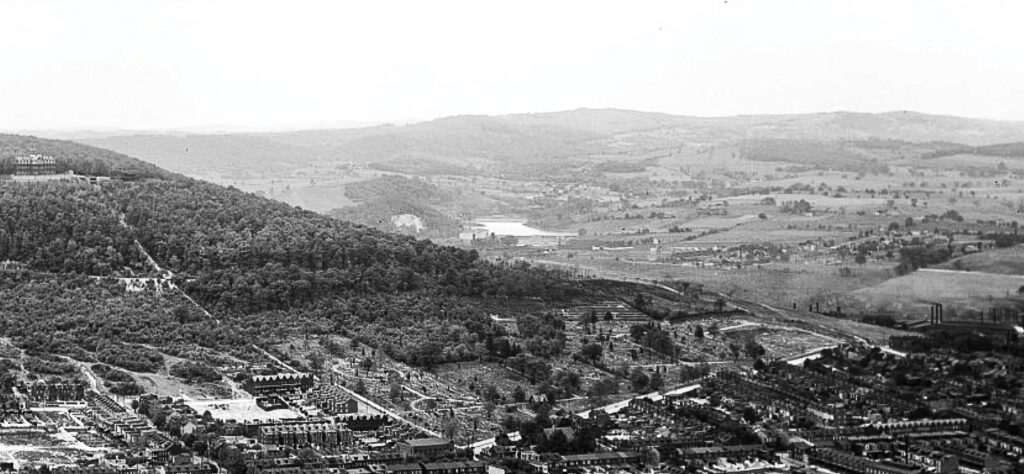
It doesn’t appear that residential development south of Reading took off as much as the Reading Land and Improvement Co. had anticipated. Most development during this time period was north of the city’s center. Reading’s 18th Ward, which this area would eventually become, would not be officially annexed from Cumru Township for another 35 years. For this reason the Angelica Water Company needed to find additional avenues to provide income, which is the main reason they amended their charter in 1891 and incorporated an ice-making business called Angelica Ice Company.
Shortly after the official inception of the 18th ward, the City of Reading announced they were interested in buying the Angelica Water Company plant. However, the two entities could not agree at a selling price, and would end up fighting a nasty legal battle that drug out for two decades. Ultimately the city acquired complete ownership in 1934. In 1938 they used WPA funds for improvements to the property including making the lake larger, building a beach, and adding facilities for public recreation.
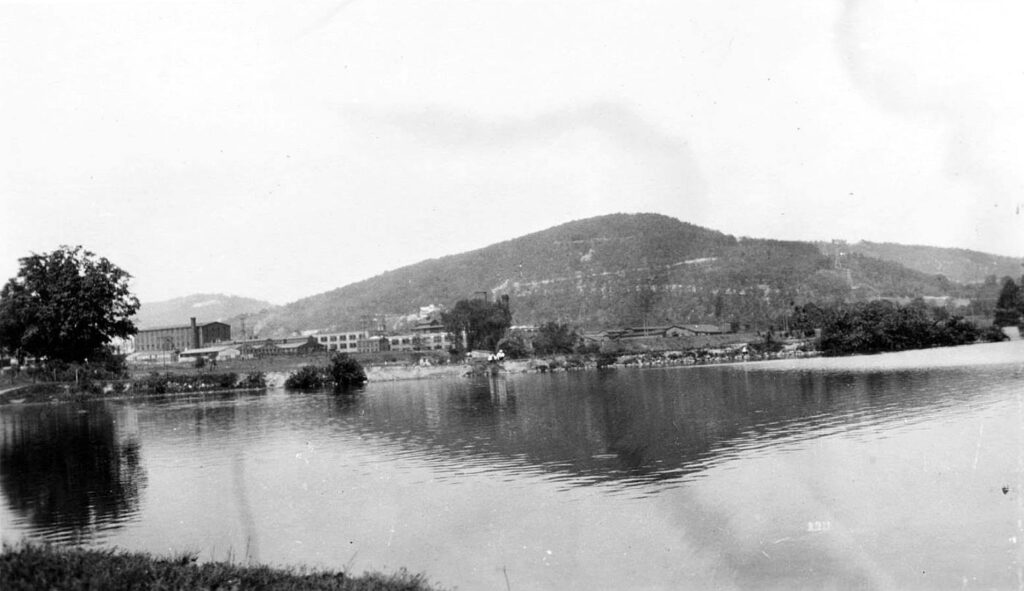
This article isn’t so much about the history of the lake though it serves as context to understanding how and why it existed. The inspiration for this article began in this site’s dedicated facebook group, Berks Nostalgiacs, where a member asked if anyone had ever seen the ghost of a little girl who allegedly drowned in the lake in the 1970s. Of course, as debunking spooky tales seems to be my specialty I dove in head first and found that not only was it true that young women died here by drowning (though turns out it was a bit before the 70s), the body count of this lake was worse than I could have imagined.
Angelica Dam Casualties
The first death on the Angelica Lake was in December of 1895 when 17-year old Charles Link was ice skating on the dam and fell through.
It seems like this became a popular swimming hole after the turn of the 20th century. Previous to this it was published in the Eagle that swimming and fishing were prohibited on the Angelica Dam waters, though it doesn’t seem like that stopped anyone. One thing to note is that water from this dam was not filtered or chlorinated before it was sent to the homes in Millmont – until the city acquired the water company in the 1930s.
1916 was the worst year – first in July two boys, 13-year old John Romano and 9-year old Umberto Disantis were drowned while attending a Sunday school picnic near the dam. A few weeks later the dam claimed the life of 42-year old Howard Remig.
Only a year later in 1917 a local druggist, 32-year old Howard Walker drowned after suffering from some sort of cramp while swimming in the lake.
In 1925, 15-year old Elmer Richards drowned while swimming in Angelica Dam.
Another 10-year old boy met a similar fate in 1926. It was reported in the June 20th, 1926 Reading Eagle that Michael Krzyzanowski went swimming in the lake while two other boys saw him go under. They became afraid and fled the scene. One finally told his parents hours later and the boys body was recovered that evening.
The body of Adam Kline, aged 73, was found floating in the lake in October of 1935.
A heart attack was blamed for the drowning death of 16 year old Donald Bickhart in June of 1937. Also in 1937 two men were racing their cars down Morgantown Road when one lost control and careened off of the Angelica Dam bridge, killing his passenger 21-year old Leona Showers.
Donald Quarles, age 22, lost his life in the Angelica in June 1942.
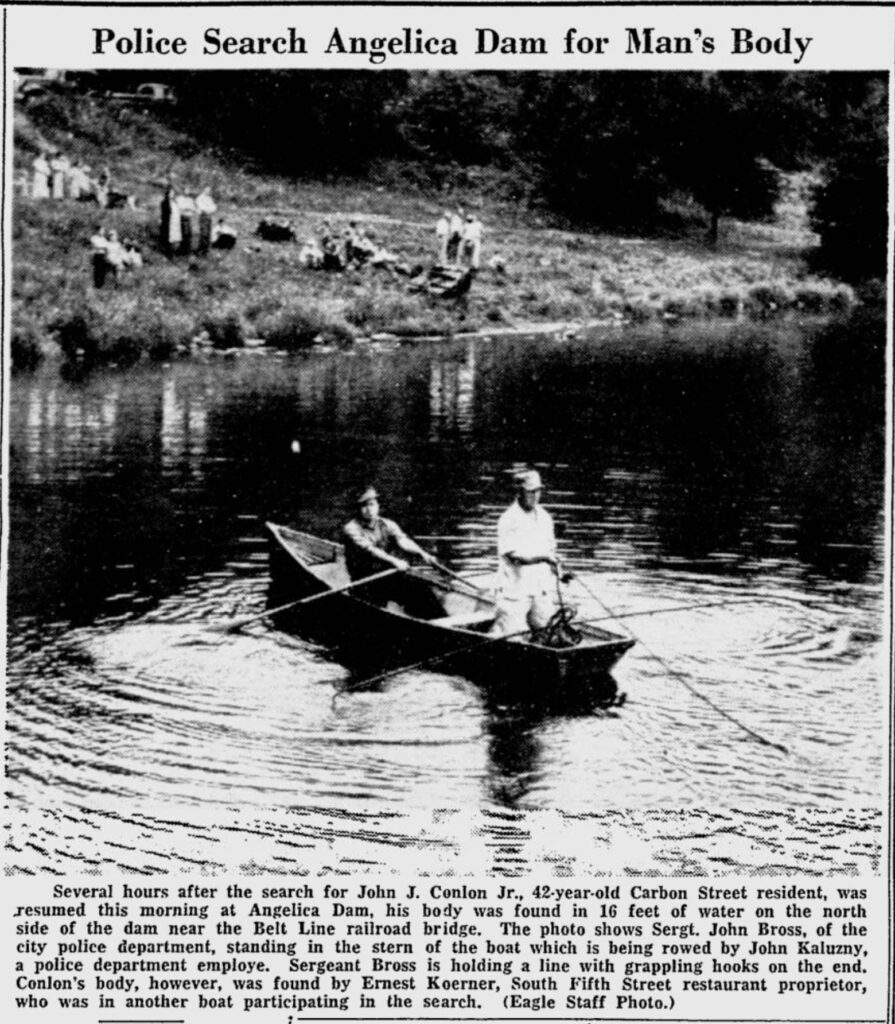
The lake was again the location of a double tragedy in 1947. In June 9-year old Irvin Fair lost his life by drowning in the dam. A few weeks later 42-year old John Conlon Jr. was also drowned. He left behind six children.
In February 1951 another car accident occurred at the dam which led to the death of Pearl Corolla. Her husband, Santo Carolla Jr. was driving down Morgantown road when he claimed to have blacked out – his car ran down an embankment and into the waters of the dam. Pearl, his passenger, died from her injuries and drowning.
Perhaps the origins of the ghost girl legends happened in August 1956 when 17-year old Margie Heckman and 20-year old Geraldine Steffy succumbed to drowning in the Angelica. Witnesses say the two girls walked hand-in-hand into the water, when they suddenly disappeared beneath and never surfaced. Their bodies were recovered within an hour by divers.
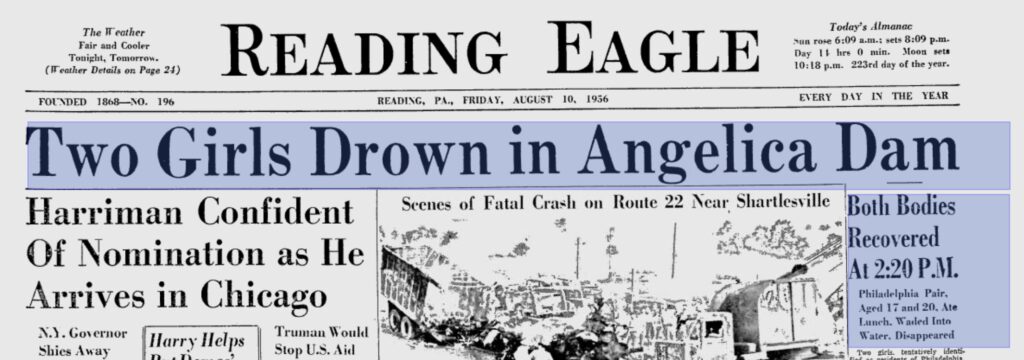
Angelica Park Project
After the 1956 drownings questions arose on whether the dam should be used for recreational swimming at all. Sometime in the 1960s it was completely banned. In 1965 a comprehensive recreation study was done on the dam and surrounding area, which was the beginning of the “Angelica Park Project“. Angelica Park was closed completely in 1973 while the lake was drained so repairs could be made to the dam and the lakebed was cleaned. In 1975 the $1 million project was set to develop the 150 acres around the lake into a year-round recreational facility. It would remain a source of recreation for another quarter century.
June 2001 saw unusually heavy rains which caused a breach in the dam at Angelica Lake. The breach was likely caused by age and disrepair, and the flooding also caused catastrophic damage to the 1984-built bridge along Morgantown Road. The city of Reading promised to fix it; the bridge would cost $2-$5 million, the dam $3 million.
In October 2004 the question again surfaced on whether the dam and lake should be restored, with many residents rallying at a city council meeting to advocate for its repair. Ultimately the bridge along Morgantown Road was repaired. The dam however was not, and with that the 121-year old lake became a part of history.
The area was restored to its natural wetland state, and currently is home to Berks Nature.
So while it is possible that you may have seen the misty spirit of a girl hovering around the surface of the Angelica Dam Lake, it is worth acknowledging the vast majority of the lake’s 16 victims were boys.
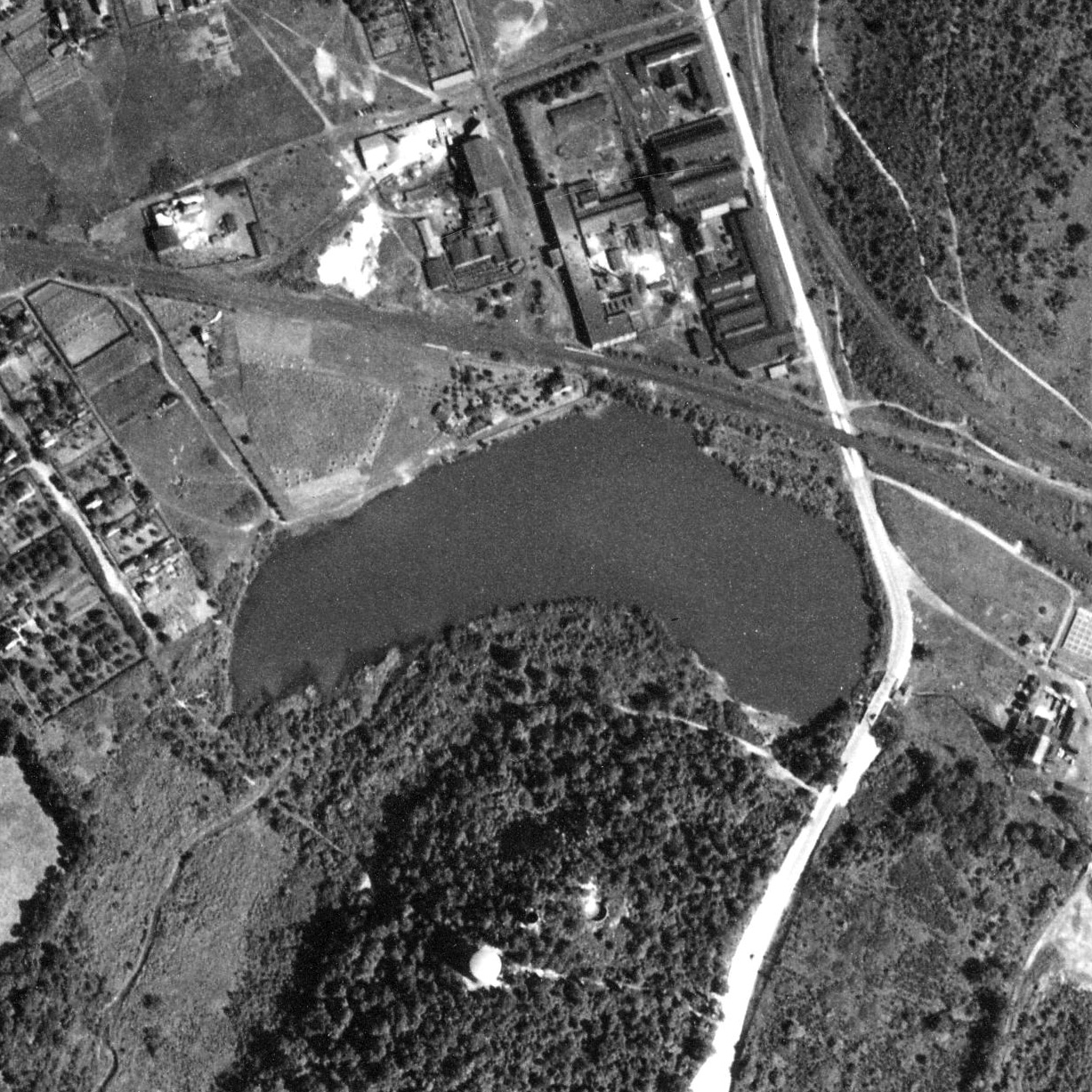
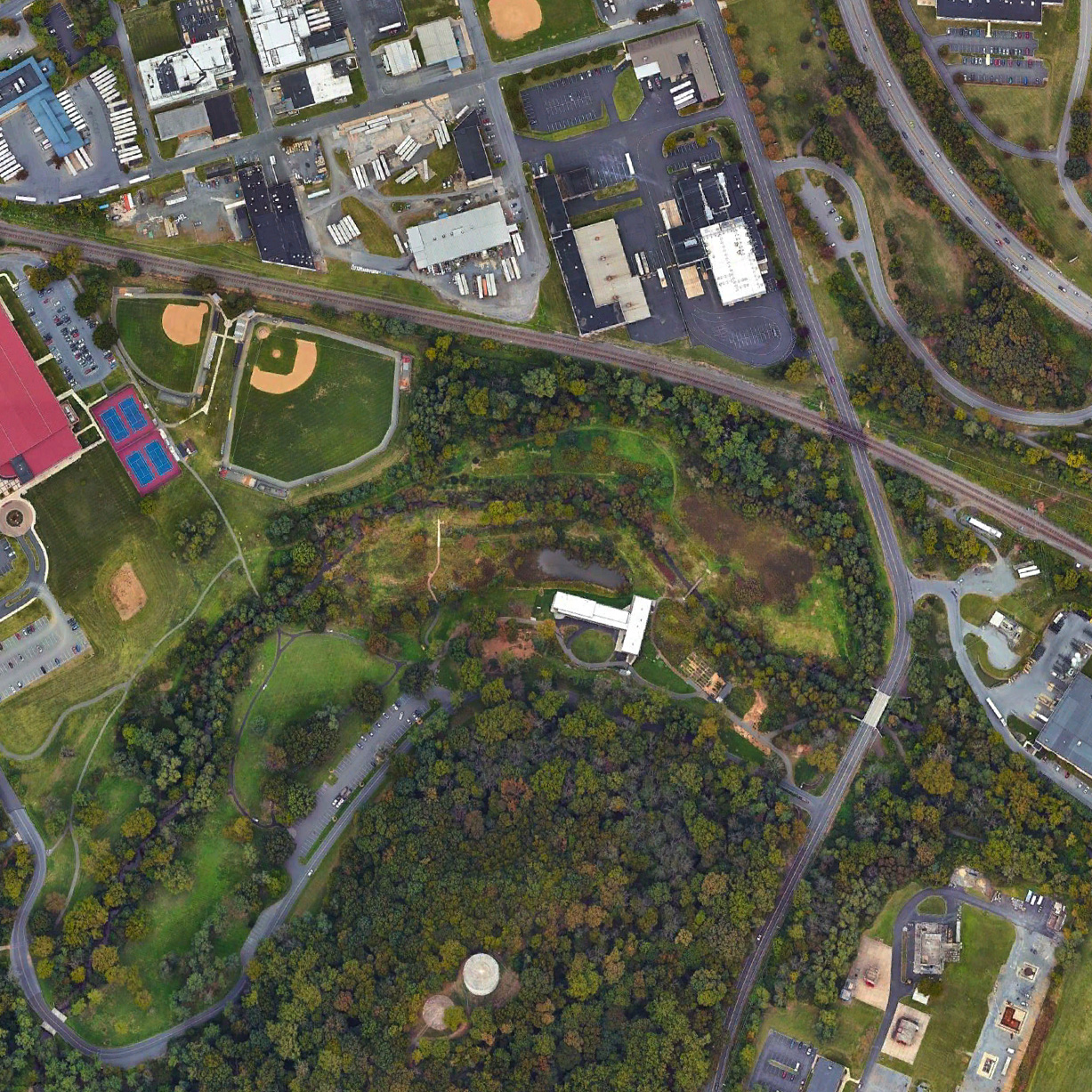

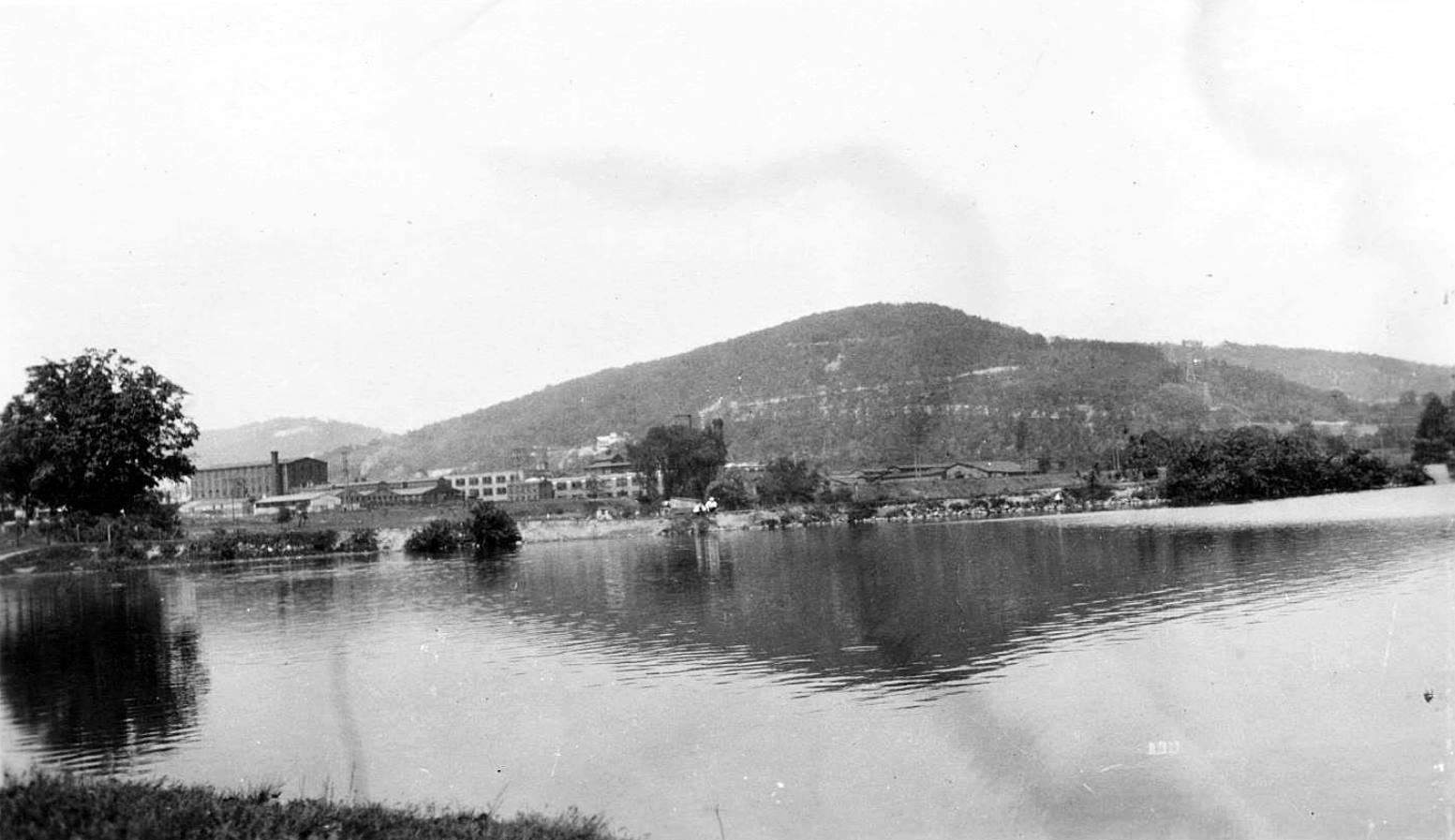
I remember swimming at Angelica in the late ’50s. Seemed nice!